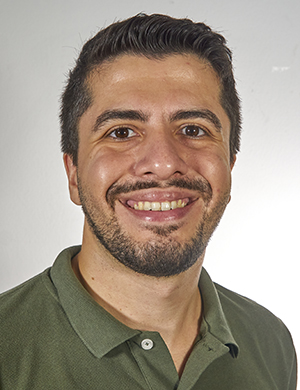Institute of Molecular and Cellular Anatomy (MOCA), Uniklinik RWTH Aachen
Mechanobiology of human embryo implantation

Project overview. (A) The scheme highlights details of endometrial differentiation during the window of implantation. The junctional complex is redistributed from its apicolateral position to the entire lateral cell border. The apical microvillar brush border is reduced and actin-rich protrusions, so called pinopodes, are formed. The underlying connective tissue compartment is also profoundly changed referred to as decidualization, which includes mesenchymal to epithelial transition of resident fibroblasts into decidual cells and changes in composition and biomechanics of the extracellular matrix. The embryo responds to the contact with the endometrium by increased osmotic pressure and thereby compresses the adjacent endotmetrial epithelium. (B) The traction force plots of endometrial epithelial Ishikawa cell monolayers growing on soft 4 kPa substrates reveal differences in the absence and presence of hormones (E2, estradiol; MPA, medroxyprogesterone acetate). (C) Dispase adhesion assays detect differences in the mechanical stress response in three endometrial epithelial cell lines with different degrees of polarization. (D) The scheme and microscopy image illustrate the workflow to produce standardized, single cell-derived trophoblast spheroids (green) for adhesion tests on endometrial epithelial cell (EEC) monolayers of different origin growing under defined hormonal and mechanophysical conditions.






